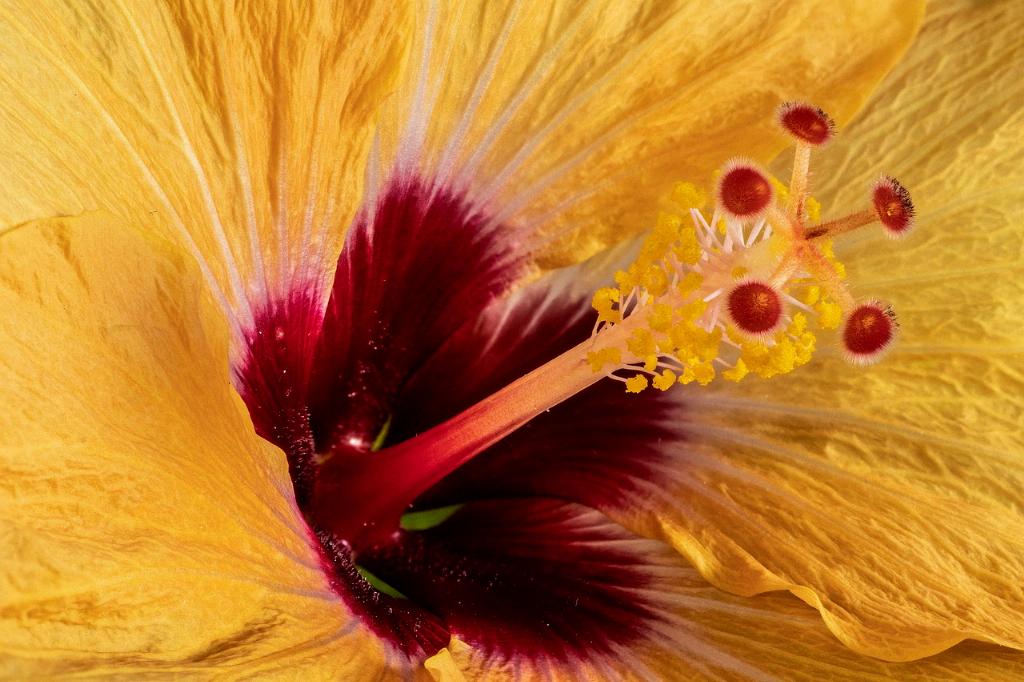When it comes to nurturing your hibiscus plant, there are several key factors to consider to ensure its health and vitality. From choosing the right location to providing proper nutrition, here’s a detailed guide on how to take care of your hibiscus plant.
1. Choosing the Right Spot
First and foremost, it’s essential to select a suitable location for your hibiscus plant. Opt for a spot that receives full sun to light shade, as hibiscus thrives in these conditions. Ensure that the area is well-draining to prevent waterlogged roots, which can lead to rot.
2. Watering and Moisture
Consistent moisture is key when it comes to hibiscus care. It’s crucial not to let the plant dry out, as this can stress the hibiscus and affect its growth. Consider mulching around the base of the plant to help retain moisture and regulate soil temperature.
3. Overwintering
For perennial hibiscus plants, providing adequate cover during the winter months is essential. Whether it’s through snow, straw, or leaves, offering protection to your hibiscus can help it survive the colder temperatures and emerge stronger in the spring.
4. Fertilizing Routine
Boost your hibiscus plant’s growth by applying an extended-release fertilizer in late spring when new growth starts to emerge. This will provide the necessary nutrients for healthy foliage and vibrant blooms throughout the growing season.
5. Pruning and Deadheading
Regular pruning and deadheading can help promote continuous blooming and maintain the shape of your hibiscus plant. Remove any dead or faded flowers to encourage new growth and enhance the overall appearance of the plant.
6. Pests and Diseases
Keep a close eye on your hibiscus plant for any signs of pests or diseases. Common issues include aphids, spider mites, and fungal infections. Consider using natural remedies or insecticidal soap to combat these problems and protect your plant.
7. Soil Requirements
Opt for well-draining, nutrient-rich soil for your hibiscus plant. A pH level between 6.0 and 7.0 is ideal for optimal growth. Consider adding organic matter such as compost to improve soil quality and provide essential nutrients to your plant.
8. Watering Schedule
Establish a regular watering schedule for your hibiscus plant, taking into account factors such as temperature and humidity. Water deeply but infrequently to encourage deep root growth and prevent waterlogged soil, which can lead to root rot.
9. Temperature and Climate
Ensure that your hibiscus plant is situated in a location with a suitable temperature and climate. Hibiscus plants thrive in warm, tropical environments, so protect them from cold drafts or extreme heat to prevent stress and damage to the plant.
10. Container vs. Ground Planting
Whether you choose to plant your hibiscus in a container or directly in the ground, ensure that the plant has ample space to grow and that the container has proper drainage holes. Container-grown hibiscus may require more frequent watering and fertilizing compared to those planted in the ground.
11. Monitoring and Care Routine
Make it a habit to regularly monitor your hibiscus plant for any changes in growth, foliage color, or signs of distress. By staying attentive to your plant’s needs and providing consistent care, you can help it thrive and flourish year-round.

12. Enjoying the Fruits of Your Labor
Finally, sit back and enjoy the beautiful blooms and lush foliage of your hibiscus plant. With proper care and attention, your hibiscus will reward you with stunning flowers and vibrant colors, brightening up your garden or landscape.
